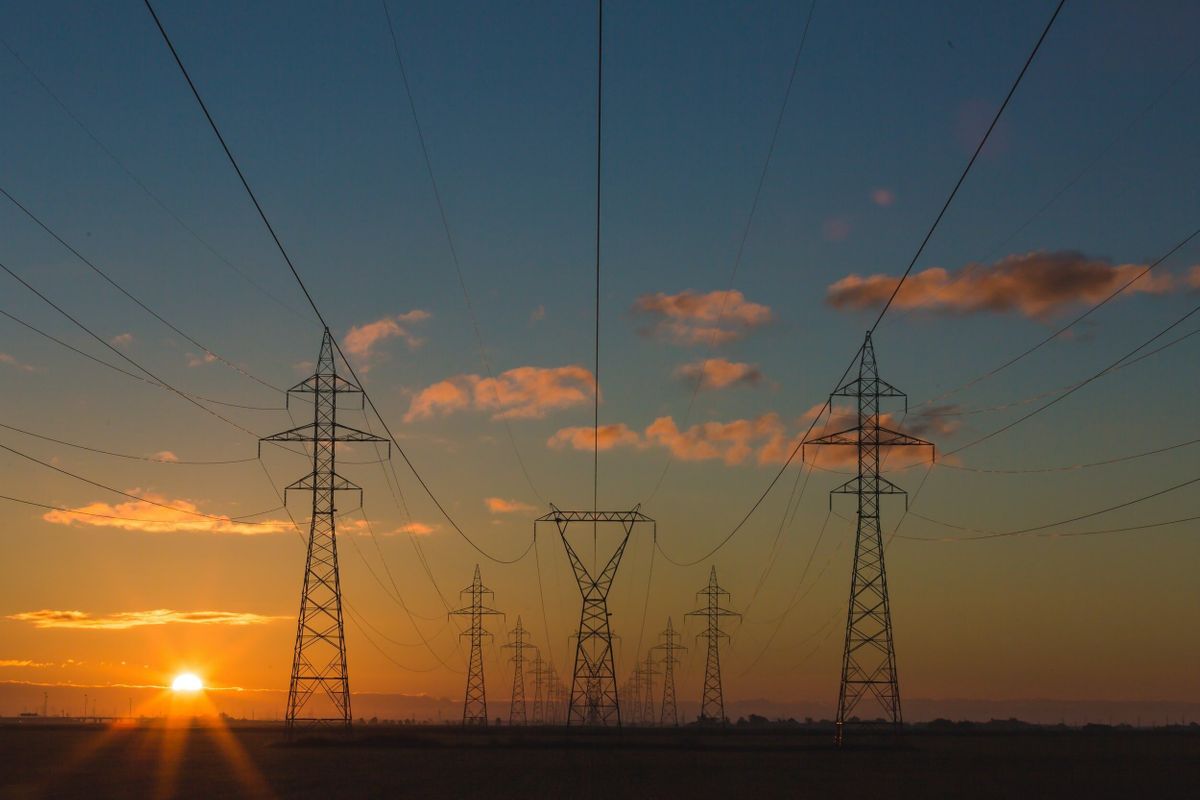In our last blog, we talked about how electric rates include some expensive charges during the summer months. Because we often use more electricity in the summer to run equipment like air conditioning, and we can be charged more for usage (kWh) and demand (kW), it’s important to look at strategies that will help reduce both.
Especially for larger buildings with multiple rooftop or air handling units, staggering the time equipment turns on can be a great way to reduce demand (remember, demand is the amount of power needed at one time to run a piece of equipment or a building). Utilities frequently charge for the highest demand (kW) needed by a building during a 15-minute interval during their billing period, so spreading out demand for large pieces of equipment can be useful. For example, in a school where students arrive at 8am and teachers at 7am, the building may want to start cooling systems at 6:30am to reach an occupied set-point of 76 degrees. Instead of all equipment turning on at 6:30am causing a surge of power and therefore a spike in demand, perhaps one unit (or group of units) goes on at 6:10am, another at 6:30am, another at 6:50am, and another at 7:10am. This way, the equipment is starting up staggered during different 15-minute intervals.
Another great way to reduce demand needed to power a building is to reduce the amount of large non-HVAC equipment running at one time. For example, using a school again, in the morning, if the school’s HVAC equipment is running to cool the building(s), ask teachers to refrain from using heavy-duty copiers/printers during that time. Depending on age and model, these machines need a lot of power to run, and if multiple teachers are making 100+ copies of different worksheets for their classes at the same time, this equipment power draw will add to the demand already needed to power the HVAC equipment. Working with teachers to make copies at the end of the day, or during their planning periods can help spread the use of large equipment throughout the day.
Heating, ventilation, and air conditioning tend to be the most significant uses of energy in a commercial building, and therefore tweaks to these systems can have a big impact on energy use. An easy thing to do with heating and cooling is to adjust the temperature set-point up or down a degree or two, depending on the season. For example, if the thermostat is set to heat to 70 degrees, consider lowering that to 69 or 68 degrees. Alternatively, if a building currently cools to 72 degrees, consider bringing that temperature up to 74 degrees. An adjustment of 1 or 2 degrees can save between 2-5% on an energy bill (depending on the utility rate and where temperatures were originally set).
Check in with the team at Fusebox for more ideas about how your building can save on your energy bills!
Check out Laurel’s other blog posts!
- Electricity in the Summer
- Demand vs. Consumption - Electricity is Complicated!
- Better Indoor Air Quality Means Happier (and Healthier) Occupants
- Who Decides the Utilities’ Rates?
- What is a Regulated vs. Deregulated Utility?
- Incentives for Solar and Renewables
- On-Site Solar vs. Community Solar - What Should You Do?
- Energy Benchmarking Is Becoming Mainstream
- The Cost of Water is Increasing…Now What?
- Gift-Giving For The Energy and Sustainability-Minded
- Water Reuse is Water Conservation!
- Tracking and Reducing Water Use in Your Building
- Teachers as Energy Conservation Champions in Schools
- Plug Loads and Commercial Office Tenants
- Communicating Energy Conservation With Residential Tenants
- Water, Waste, and Cleaning Of Buildings In A Post-COVID World
- Energy Management In Buildings In A Post-COVID World

